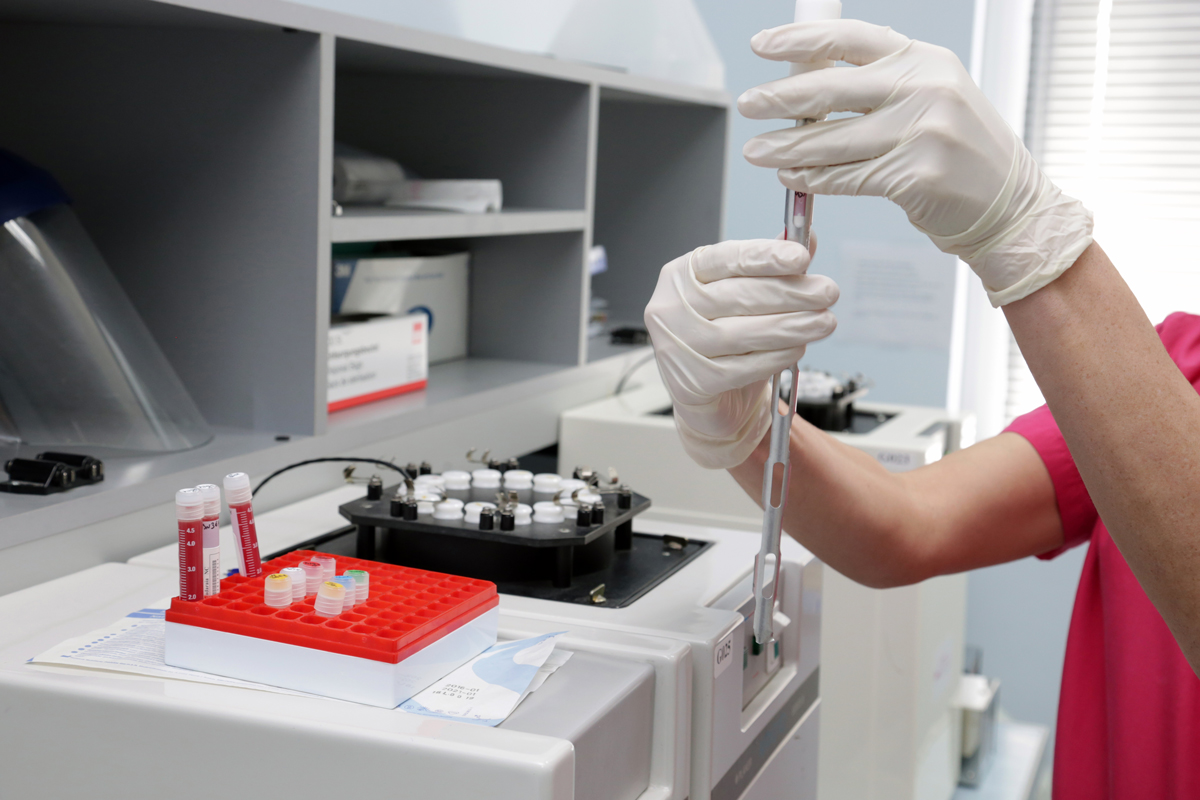Mesenchymal stem cells are actively used in traditional medicine. They have a unique biological ability to treat complex diseases without surgery, including degenerative eye pathologies that lead to vision loss.
This method is actively implemented in all areas of medicine, and the list of diseases that can be treated by cell therapy is constantly expanding. In ophthalmology, stem cell vision correction has only been actively used relatively recently, but the transplantation procedure has already shown excellent results and may become one of the main therapeutic programs for restoring the health of the organs of vision.
Today, this procedure is especially recommended for the treatment of the following diagnoses:
- Nystagmus
- Optic nerve atrophy
- Dystrophy of the retinal pigment epithelium
- Amblyopia
Modern ophthalmic correction with stem cells
The procedure for mesenchymal cell transplantation is simple and gentle, but it is not as affordable as drug treatments. Naturally, not all eye pathologies should be treated in this way; however, there are situations when this procedure is not only recommended but necessary. These include severe burns, recurrent corneal erosion, and pathologies that are difficult to treat when all classical methods do not give the desired result.
In these situations, the use of mesenchymal cell transplantation is highly recommended since it helps to maximize the suppressive effect on pathogenesis and restore vision. The introduction of stem cells will lead to:
- Activation of reparative regeneration
- Reducing the turbidity of the cornea
- Normalization of the blood circulation process in the cornea
- Reducing puffiness
- Restoration of visual acuity
Advantages of stem cell treatment for eye diseases
The positive therapeutic effect is due to the ability of this biomaterial to restore damaged tissues as well as the fact that it contains interleukins, cytokines, growth factors, and other beneficial substances that activate autoimmune regeneration processes in the eyes and stimulate cellular vitality. Most importantly, this method does not require incisions, which is especially important for the treatment of the eyes, and does not have a negative effect on the internal organs from long-term use of medications.
Features of ophthalmic stem cell transplantation
A bone marrow sample is taken from the ilium. Growth cells are extracted from it, suspended, and very carefully injected into the affected organ. The risk of damage to the eyeball and nerve endings is eliminated.
Stem cells in the eye:
- Renew tissues
- Replace damaged vessels and tissues with new, healthy cellular structures
- Normalize blood circulation inside the organs of vision
- Restore vascular patency
- Improve the general condition of the organ.
It is a completely reliable, natural, safe, and effective treatment that is suitable for almost all patients aged 4 to 75 years.
Are you ready to see the world in a new way? Sign up for a cell transplant at the Mardaleishvili Medical Centre’s Eye Clinic.


